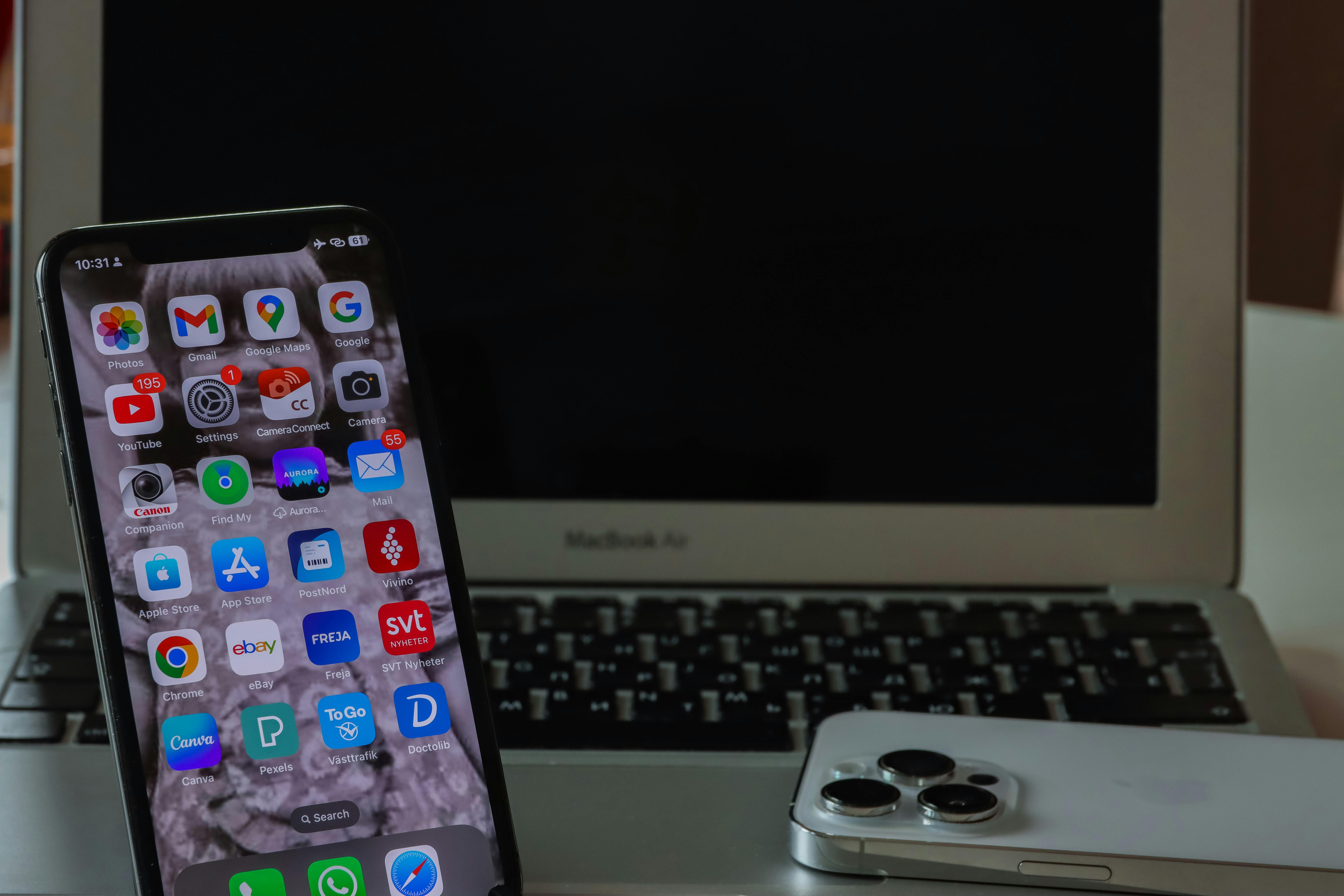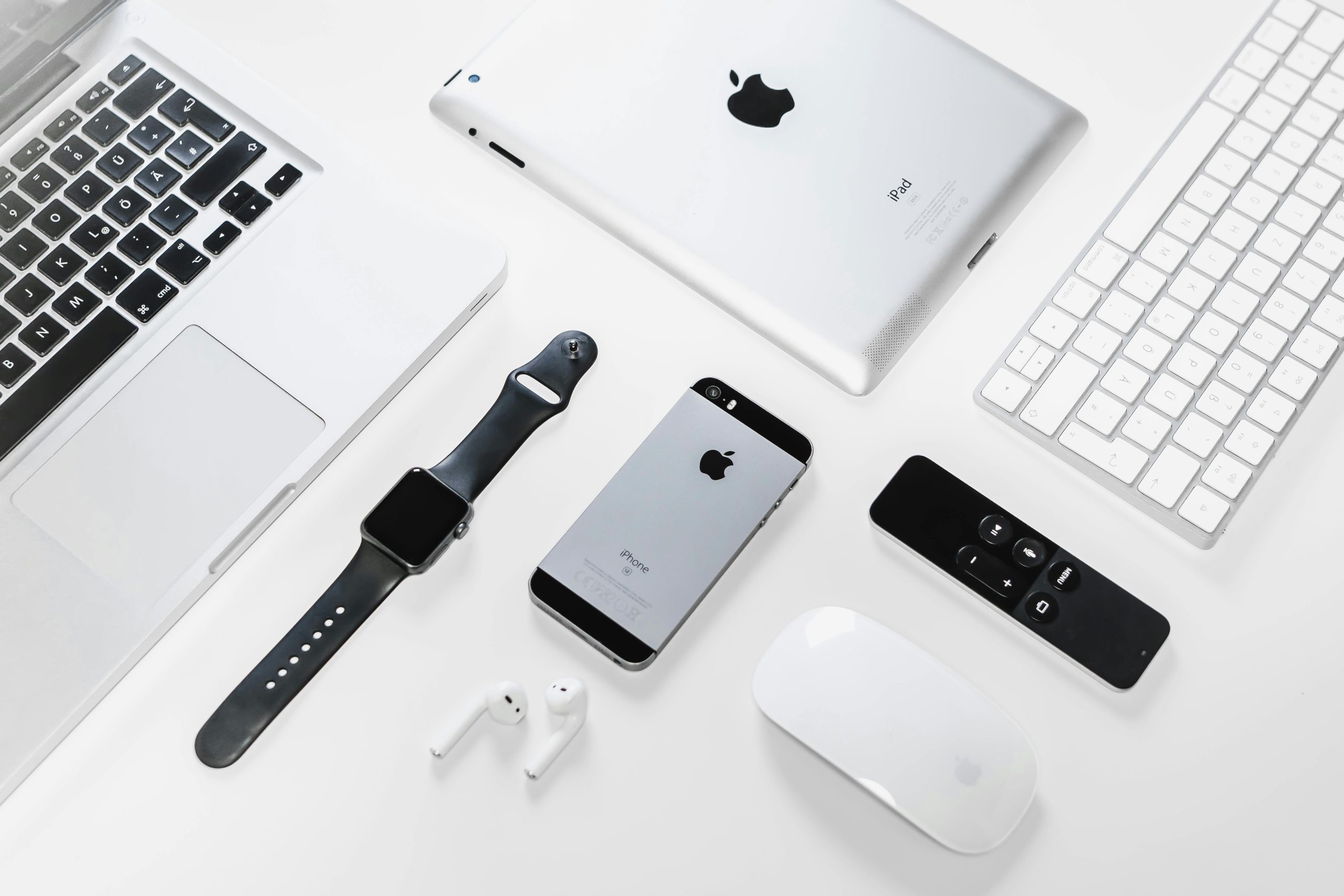How to Download Apple Music on Your Mac: A Comprehensive Guide

Apple Music offers a vast library of over 100 million songs, providing subscribers with the ability to stream and download music for offline listening. This guide will walk you through the process of downloading Apple Music on your Mac, ensuring you can enjoy your favorite tracks anytime, anywhere. We will cover the subscription requirements, the steps for downloading music directly through the Apple Music app, and important considerations regarding audio quality, such as Lossless Audio and Spatial Audio with Dolby Atmos.
Understanding Apple Music Subscriptions and Requirements
To download music from Apple Music, you need an active Apple Music subscription. As of 2024, Apple Music offers several subscription plans tailored to different needs:
- Individual Plan: Priced at $10.99 per month, this plan provides unlimited music streaming and downloads for a single user.
- Student Plan: Available for $5.99 per month, this plan is for eligible university students and often includes additional benefits like Apple TV+.
- Family Plan: For $16.99 per month, this plan allows up to six users to share an Apple Music subscription, each with their own individual accounts and personalized libraries.
New subscribers can typically take advantage of a free trial period, often one month, or even up to six months with the purchase of eligible Apple devices. Apple also offers Apple One, a bundle that includes Apple Music along with other Apple services like iCloud+, Apple TV+, and Apple Arcade, which can offer cost savings.
For your Mac to be compatible with Apple Music, it needs to be running macOS 10.9.5 or later. Ensure your Music app is also updated to the latest version for the best experience and access to all features.
Downloading Apple Music Directly Through the Music App
Apple Music allows you to download songs, albums, and playlists directly to your Mac for offline listening. There are two primary methods for doing this:
Manual Downloads
This method involves adding music to your library and then initiating the download:
- Open the Music App: Launch the Apple Music application on your Mac.
- Find Music: Browse or search for the songs, albums, or playlists you wish to download. You can use the “Listen Now” or “Browse” sections, or the search bar.
- Add to Library: Before downloading, you must add the music to your library. Click the “+” icon next to a song, or the “+ Add” button for albums and playlists.
- Locate in Library: Navigate to your “Library” to find the music you’ve added.
- Initiate Download: Click the download icon (a downward-pointing arrow) next to the song, album, or playlist. A progress indicator will show the download status.
Automatic Downloads
You can configure the Music app to automatically download music that you add to your library:
- Open Music Preferences: In the Music app, click “Music” in the menu bar, then select “Preferences.”
- Enable Automatic Downloads: Go to the “General” tab and check the box next to “Automatic Downloads.”
- Save Settings: Click “OK” to save your changes.
With automatic downloads enabled, any song you add to your library will be downloaded to your Mac automatically, provided you have sufficient storage space and an internet connection.
Understanding Download Limits and Restrictions
While Apple Music offers a vast library, it’s important to understand the download policies:
- No Hard Limit on Downloads: Apple Music does not impose a strict limit on the number of songs you can download for offline listening, beyond the storage capacity of your device.
- Device Limit: You can download music on up to 10 devices associated with your Apple ID.
- DRM Protection: Downloads from Apple Music are protected by Digital Rights Management (DRM). This means that downloaded music can only be played within the Apple Music app and is tied to your active subscription. If your subscription expires, the downloaded music will no longer be accessible.
- Storage Space: The primary limitation for downloads is the available storage space on your Mac.
For users who wish to have permanent access to their downloaded music, even after their subscription ends, or to play music on non-Apple devices, third-party converters can be used. These tools can convert Apple Music files into standard formats like MP3 or M4A, removing DRM protection.
Exploring Advanced Audio Features: Lossless and Spatial Audio
Apple Music offers enhanced audio quality options for subscribers, including Lossless Audio and Spatial Audio with Dolby Atmos, at no additional cost.
Lossless Audio
Lossless Audio preserves all the original data in a music file, offering studio-quality sound. Apple Music offers lossless audio in two formats:
- Lossless: Up to 24-bit/48 kHz.
- Hi-Res Lossless: Up to 24-bit/192 kHz.
To enable Lossless Audio on your Mac:
- Open Music Preferences: Go to Music > Preferences.
- Navigate to Playback: Click the “Playback” tab.
- Enable Lossless Audio: Select the “Lossless audio” checkbox.
- Adjust Quality Settings: You can choose the streaming and download quality for Lossless and Hi-Res Lossless audio from the respective pop-up menus.
For Hi-Res Lossless audio (above 48 kHz), a wired connection and an external Digital-to-Analog Converter (DAC) are typically required for Macs other than the 14-inch and 16-inch MacBook Pro models, which support native playback up to 96 kHz.
Spatial Audio with Dolby Atmos
Spatial Audio with Dolby Atmos creates an immersive, three-dimensional sound experience, making music feel as if it’s all around you.
To enable Spatial Audio on your Mac:
- Open Music Preferences: Go to Music > Preferences.
- Navigate to Playback: Click the “Playback” tab.
- Configure Dolby Atmos: From the Dolby Atmos pop-up menu, select “Automatic” or “Always On.” “Automatic” is recommended for compatible Apple or Beats headphones, as it will play Dolby Atmos tracks when available. “Always On” is suitable for third-party headphones.
Certain Mac models, including MacBook Pro (2018 or newer) and MacBook Air (2018 or newer), can play tracks in Spatial Audio using their built-in speakers.
Troubleshooting Common Download Issues
If you encounter problems with downloading Apple Music on your Mac, consider the following troubleshooting steps:
- Check Internet Connection: Ensure you have a stable Wi-Fi or cellular data connection.
- Verify Subscription: Confirm that your Apple Music subscription is active and hasn’t expired.
- Check Storage Space: Make sure your Mac has sufficient free storage space for downloads.
- Restart the Music App and Mac: Closing and reopening the Music app, or restarting your Mac, can resolve temporary glitches.
- Sign Out and Sign Back In: Signing out of your Apple ID in the Music app and then signing back in can refresh your library and subscription status.
- Update Software: Ensure your macOS and the Music app are updated to the latest versions.
- Sync Library: Toggle the “Sync Library” option off and on again in the Music app’s preferences.
- Reset Cache: Clearing the Music app’s cache can sometimes resolve playback and download issues.
By following these steps, you can effectively download and enjoy your Apple Music library on your Mac, with access to high-quality audio features.









